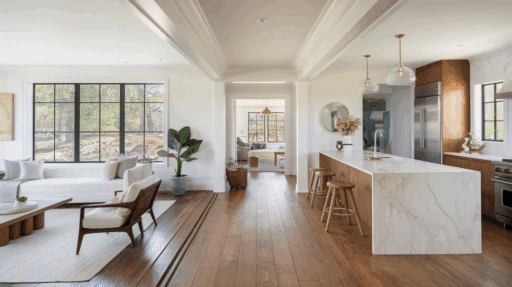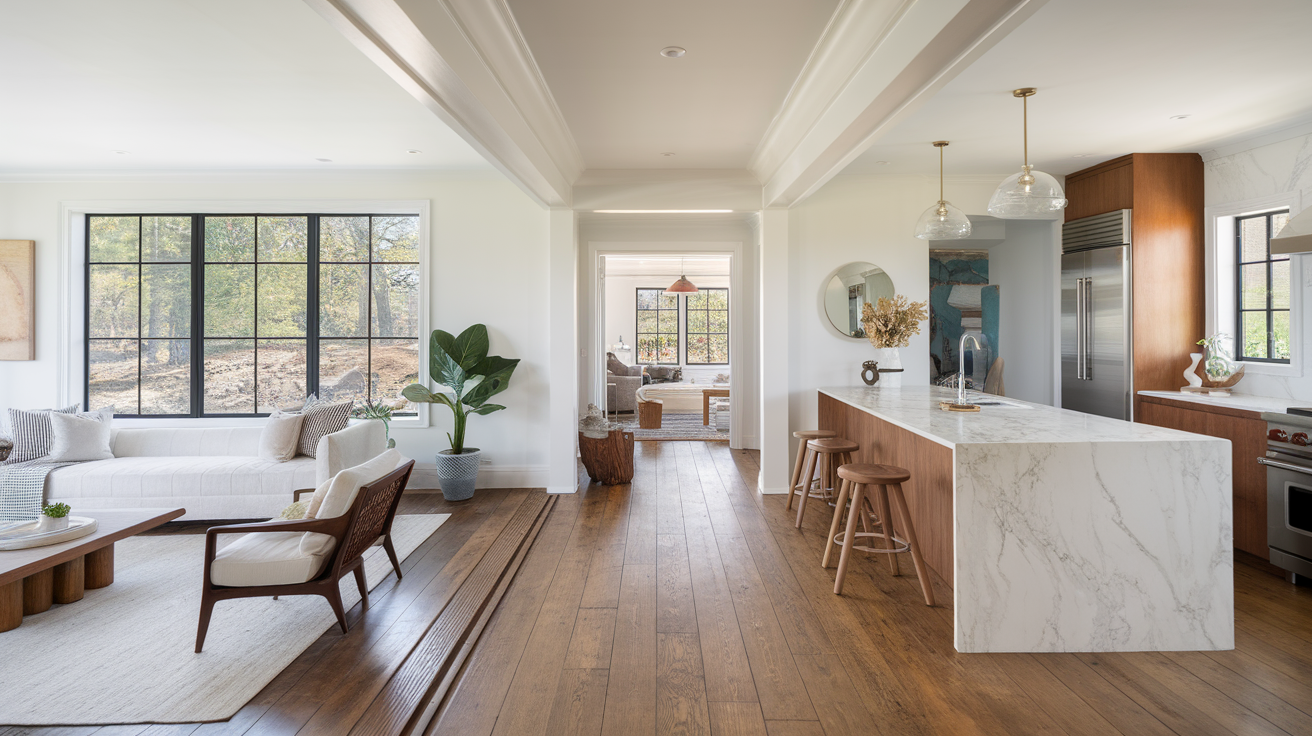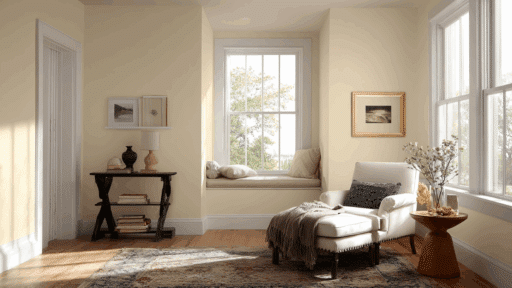Looking to revamp your entire home? A whole-home remodel represents one of the most significant investments homeowners can make, changing not just individual rooms but their entire living experience.
Many homeowners wonder if it’s worth the substantial investment, how long the process takes, and where to even begin with such a stressful project.
Common concerns include budget overruns, living arrangements during construction, and coordinating multiple contractors across different areas of the home.
Let’s examine the key steps to plan and execute a successful whole-house remodel that meets your needs and budget.
What is a Whole Home Remodel?
A whole home remodel involves renovating multiple major areas of your house simultaneously, rather than tackling individual rooms over time.
Unlike smaller renovation projects that focus on single spaces, a whole house remodel addresses your home’s overall flow, functionality, and visual cohesion.
This approach typically includes kitchen renovations, bathroom updates, living space redesigns, and bedroom makeovers, often involving structural changes such as removing walls or adding square footage.
Some projects extend to outdoor spaces, as well as upgrades to electrical and plumbing systems, and improvements in energy efficiency.
Key takeaway: Understanding the scope and vision for your whole house remodeling project helps establish realistic expectations and proper planning from the start.
Why Consider a Whole Home Remodel?
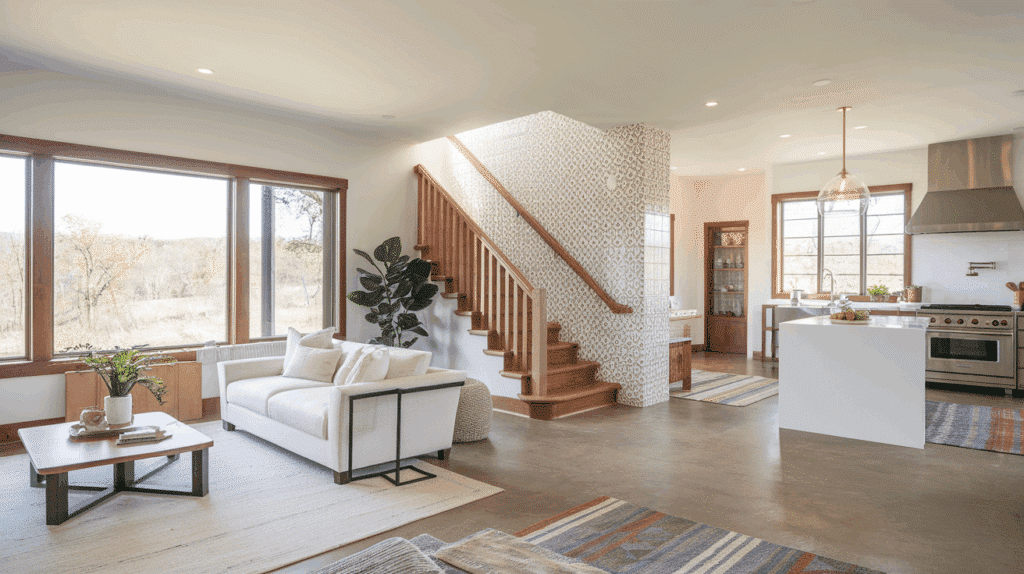
Several compelling reasons drive homeowners toward comprehensive remodeling. Outdated design elements that no longer reflect your style or lifestyle needs often top the list.
Growing families require expanded space and improved functionality, while empty nesters might want to downsize certain areas while upgrading others.
Key Benefits of Whole House Remodeling:
- Higher ROI – Whole house remodels typically offer better return on investment than piecemeal renovations
- Design continuity – Ensures cohesive flow and style throughout your entire home
- Cost efficiency – Often more cost-effective than individual room renovations over time
- Reduced disruption – Eliminates the hassle of multiple separate construction projects
- Increased home value – Comprehensive updates significantly boost property value
- Improved functionality – Addresses layout issues and modernizes outdated systems
Clarifying the motivation behind a whole home remodel shapes your planning decisions and helps prioritize features that matter most to your family.
Initial Considerations Before Starting a Whole House Remodel
Before breaking ground on your remodel, three fundamental factors will determine the success of your project: budget, timeline, and team selection.
Getting these elements right from the start prevents costly mistakes and ensures your project stays on track.
Budgeting
Establishing a realistic budget requires research and careful planning. Whole-house remodels typically cost $100-$200 per square foot for mid-range projects, while luxury renovations can reach $300 or more per square foot.
Always add a 20-30% contingency for unexpected issues, such as structural problems or permit delays.
Get multiple contractor estimates, research material costs, and consider financing options early in the process. Factor in temporary living expenses if you’ll need alternative housing during construction.
Time Frame
Whole-house remodels typically take 4-8 months for most homes, depending on their size and complexity. Luxury projects or those requiring structural changes may take 12 months or more to complete.
Weather, permit approval times, and material availability can significantly impact timelines. Plan for delays and avoid scheduling important events during the projected completion period.
Hiring Professionals
Successful whole-house remodels require experienced general contractors, designers or designers, and specialized tradespeople.
Research credentials, check references, and review portfolios thoroughly before making a decision. Ensure all professionals carry proper licensing and insurance.
Step-by-Step Planning for a Whole Home Remodel
Successful whole-home remodeling requires a systematic approach that breaks down the complex process into manageable phases.
Following these sequential steps reduces stress and creates a clear roadmap from initial assessment to project completion.
Step 1: Assess Your Home’s Needs
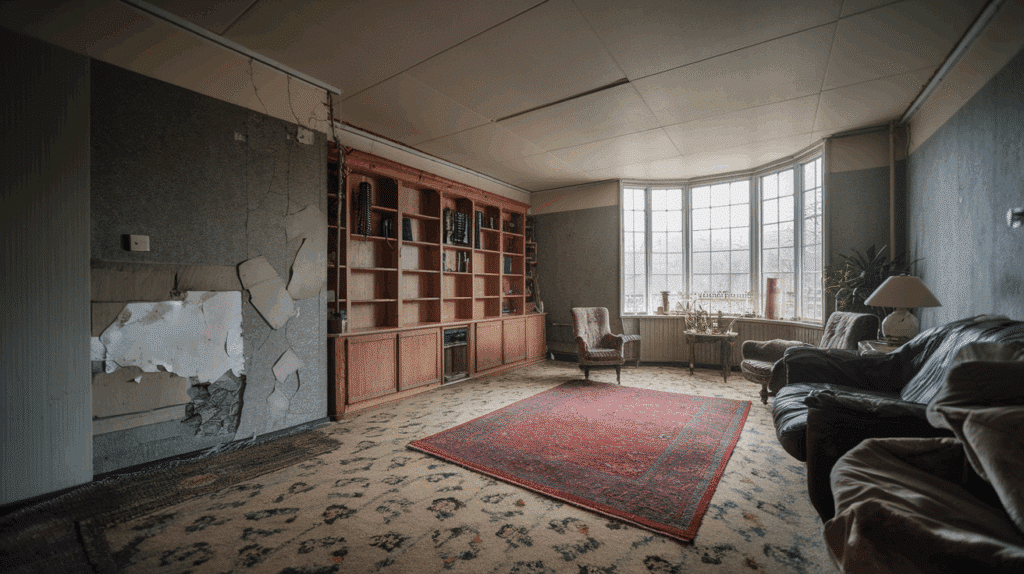
Begin with a thorough inspection of your home’s current condition. Identify structural issues, outdated systems, and areas requiring immediate attention versus cosmetic updates.
- Create a prioritized list distinguishing must-haves from nice-to-haves
- Consider your family’s lifestyle needs and traffic patterns
- Document everything with photos and notes for reference
Step 2: Establish a Design Vision

Develop a cohesive design vision that flows throughout your home. Consider architectural styles, color palettes, and functional requirements for each space.
- Create mood boards and collect inspiration photos
- Consider hiring a designer to help visualize the outcome
- Use online design tools to examine layout options before committing
Step 3: Obtain Permits & Approvals
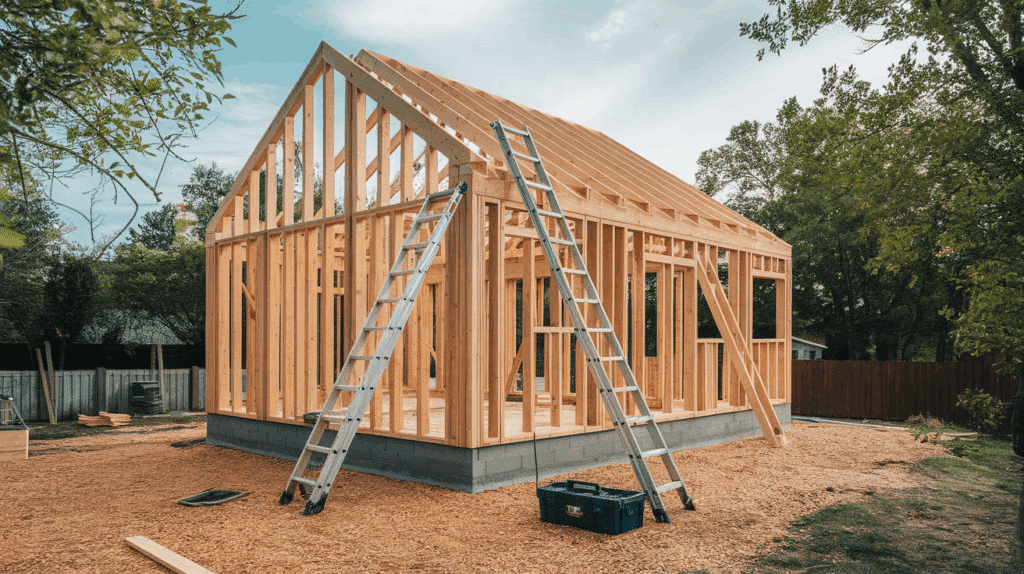
Research local building codes and obtain the necessary permits before commencing construction. Major remodels typically require permits for building, electrical, and plumbing work.
- Work with your contractor to understand permit requirements
- Factor in approval timelines, as this process can add weeks to your schedule
- Some areas require design review approval for significant changes
Step 4: Select Materials & Finishes

Choose durable, cost-effective materials that align with your design vision and budget.
- Balance preferences with maintenance requirements and lifestyle needs
- Order materials well in advance due to extended lead times
- Custom items may require several months for delivery
Common Remodeling Challenges & Solutions
Whole house remodels present several predictable challenges that can derail even well-planned projects.
Understanding these common pitfalls and implementing preventive strategies helps ensure smoother execution and better outcomes.
1. Budget Overruns: Often stem from scope creep, unexpected structural issues, or material cost increases. Combat this by maintaining a detailed budget spreadsheet and keeping your 20-30% contingency fund untouched.
2. Project Delays: Frequently result from permit delays, weather issues, or material availability problems. Build buffer time into your schedule and maintain realistic expectations about completion dates.
3. Decision Fatigue: Stressed homeowners face hundreds of choices throughout the remodel process. Make major decisions early and consider hiring a designer to help streamline the decision-making process.
Ready to Start Your Whole Home Remodel?
Planning and executing a successful whole-home remodel requires careful consideration of budget, timeline, and design goals.
The key lies in thorough preparation, realistic expectations, and assembling the right team of professionals to guide you through the process.
Begin by honestly assessing your space and needs, establishing a comprehensive budget with contingencies, and hiring experienced contractors who understand your vision.
Remember that while whole-house remodels represent significant investments of time and money, they offer the unique opportunity to create a home ideally suited to your family’s lifestyle and preferences.
Ready to remodel your home? Start planning your whole house remodel today with these key steps in mind, and take the first step toward creating the home of your dreams!
One powerful way to refresh your home without adding on is by reclaiming under‑utilized spaces — think under stairs, corners behind furniture, or attic nooks — turning them into mini‑storage zones or reading alcoves. But when you have more stuff than even clever organizers can handle, enlisting external help can make all the difference: many homeowners rely on self storage like the storage units Edmonton to safely store seasonal items, bulky gear, or things in transition. That extra off‑site storage frees up space in your home so every room can breathe and function more beautifully.

